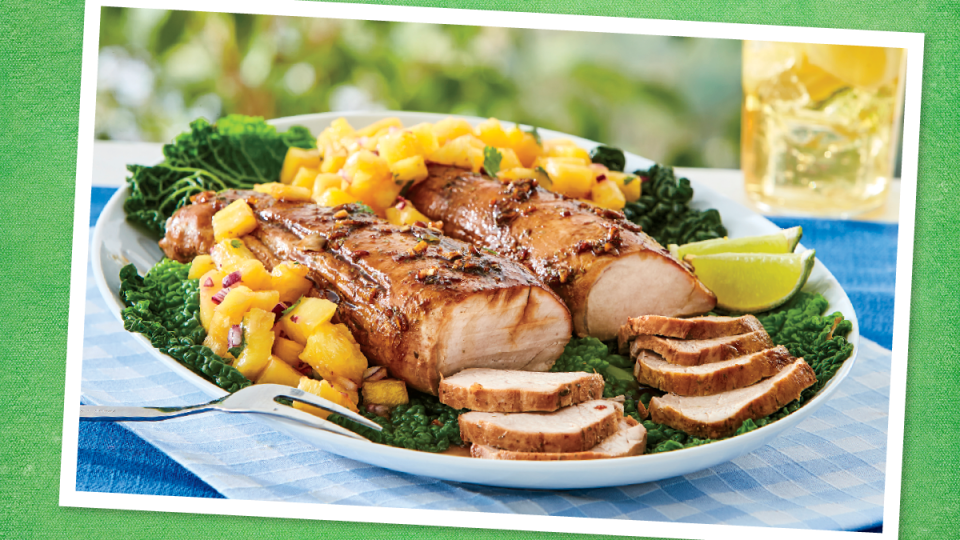
Compared with a tricky loaf of sourdough, these classic treats aren’t hard to get right, and can similarly scratch the itch for a baking project.
In New York City, you can find a pretzel within minutes of a craving — in warmed glass cases on corner street carts, all over transit hubs, even in the odd department store. They vary in quality but are often forgettable, something to stave off hunger until a better snack presents itself.
But a big pretzel with a soft, dense middle, chewy ends and the perfect combination of tang and salt? That’s a little harder to come by. Unless you make it yourself.
Recipe: Soft Pretzels
Compared with a tricky loaf of crusty sourdough, pretzels are not hard to get right, and they can similarly scratch the itch for a savory bread-baking project.
Built on bread flour, which has a higher protein content, i.e. more gluten, than all-purpose flour, pretzels’ elastic dough provides the foundation for a tender, chewy texture. A little sugar deepens color and flavor, and active dry yeast gives the dough its rise.
A long rest in the fridge, which smooths out the dough and develops its flavor, also makes it pliable and not excessively sticky.
Arguably the trickiest step is achieving that burnished brown exterior that’s salty with a pleasant bitter edge, the thing that makes a pretzel taste like, well, a pretzel. Traditionally, pretzel bakers dip shaped pretzel dough into a caustic sodium hydroxide solution made with lye, a strong alkali. While a lye bath will produce gorgeous results, it requires rubber gloves and extra care — not to mention a special trip to the hardware store. Dipping pretzel dough into a solution made with baking soda is a common workaround. (That said, its effects are milder than the original.)
Writing in The Times in 2010, the food scientist Harold McGee suggested doing just that. Baking the soda on a foil-lined baking sheet at a low temperature for an hour creates a stronger alkali that mimics lye more closely than plain baking soda and yields a more pronounced pretzel flavor. It also means that the pretzels need only a quick dip on each side, so you don’t have to worry about waterlogged, misshapen dough.
After another short rest (the perfect time to heat your oven), the pretzels are ready for a final zhuzh. An egg wash isn’t traditional, but it lends an appealing gloss and helps the salt stick nicely. Choose a bright white and crunchy bulky salt, like pretzel or coarse sea. Others will taste fine but won’t produce the classic look. Serve the baked pretzels with a grainy mustard, beer cheese or even ranch dressing, but you don’t need them. A warm, fresh pretzel couldn’t be more satisfying just as is.
from "recipes" - Google News https://ift.tt/DnecZA2
via IFTTT

No comments:
Post a Comment